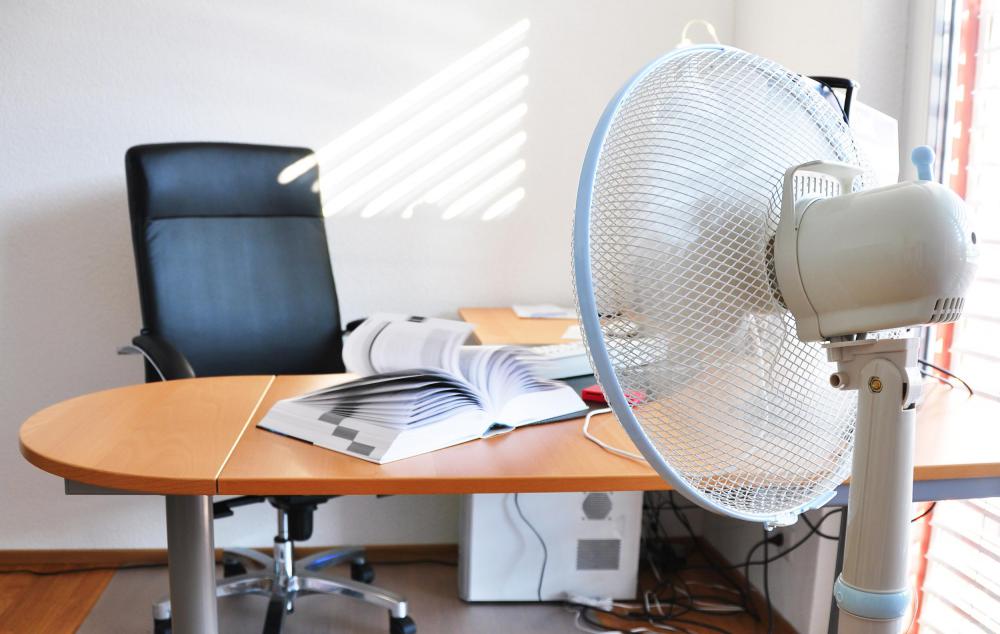At SmartCapitalMind, we're committed to delivering accurate, trustworthy information. Our expert-authored content is rigorously fact-checked and sourced from credible authorities. Discover how we uphold the highest standards in providing you with reliable knowledge.
What Is Staff Turnover?
Staff turnover describes the number of employees who leave a company compared with the number of people who remain employed. It is generally considered undesirable to have high employee turnover, because this means the office is made up of mostly new hires without many years of experience at the company. The result of high turnover is that new employees constantly need to be hired and trained, which can get expensive and time-consuming. A few types of turnover — internal and external, as well as voluntary and involuntary — are generally considered when figuring turnover rates. Reducing staff turnover usually requires employers to provide positive reinforcement, opportunities for advancement, and a competitive salary and benefits.
For an overall look at a company, a few types of staff turnover are usually considered. For example, internal turnover refers to employees who leave one position to go to another within the same company. While a high rate of internal turnover is often considered less worrisome than high external turnover, in which employees leave the company altogether, it still means there is a problem in the department that is continually losing workers. Another type of staff turnover that is calculated is the voluntary kind, which consists of employees quitting. Involuntary turnover, however, usually describes a situation in which an employee was terminated, moved too far away to commute, or became too ill to work.

Turnover is usually calculated by adding up the number of employees who have left the company within a year, dividing that number by the number of current employees, and multiplying that total by 100. This offers a percentage that should be compared with other companies within the same industry to determine whether it is high or low. In general, some staff turnover is expected and even encouraged, because companies need new employees to stay fresh. On the other hand, a high rate of turnover usually indicates a problem that needs to be addressed.

One of the main causes of high employee turnover is a salary that is not competitive, because other companies within the same industry may offer more. Lack of sufficient benefits, such as paid time off, health insurance and retirement plans, also can contribute to a high amount of turnover. In addition, employees tend to want to feel invaluable to the company, which is why keeping them updated on the company's plans, providing free training, and offering positive feedback when possible can help keep them satisfied with their job. These aspects, along with opportunities to advance within the company, can help reduce turnover, saving money for the company in the long run.
AS FEATURED ON:
AS FEATURED ON:

















Discuss this Article
Post your comments